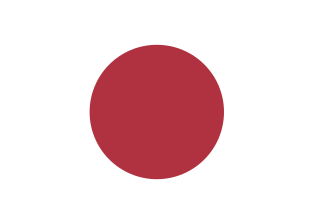 W
WSyonan , officially Syonan-to was the name for Singapore when it was occupied and ruled by the Empire of Japan, following the fall and surrender of British military forces on 15 February 1942 during World War II.
 W
WAlkaff Gardens was a Japanese-style park once located east of the Bidadari Cemetery from 1930 to 1964, on the present site of Cedar Girls' Secondary School at Bidadari, Singapore. In the 1930s, the park was a popular leisure destination for dating couples and families. It featured as its centrepiece an artificial lake, which was drained in 1964.
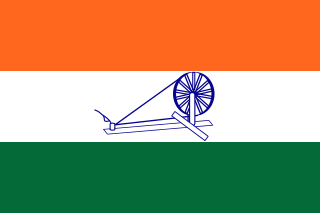 W
WThe Provisional Government of Free India or, more simply, Azad Hind, was an Indian Provisional government established in Japanese occupied Singapore during World War II. It was created in October 1943 and supported by – as well as largely dependent on – the Empire of Japan.
 W
WThe Bukit Batok Memorial is located on top of the tranquil Bukit Batok Hill upon which once stood two war memorials built by Australian POWs to commemorate the war dead of the Japanese and the Allies who fought during the decisive Battle of Bukit Timah in Singapore during the Second World War. The two memorials were destroyed after the war and only the road and stairs that used to lead to them mark its legacy today.
 W
WFort Siloso is the sole restored coastal gun battery from the 12 such batteries which made up "Fortress Singapore" at the start of World War II. The fort is situated on Pulau Blakang Mati, an island south of mainland Singapore. The fort is now a military museum open to the public. The Surrender Chambers in Fort Siloso reopened in June 2017 with a refreshed exhibition and free admission.
 W
WThe Japanese Seventh Area Army was a field army of the Imperial Japanese Army formed during final stages of the Pacific War and based in Japanese-occupied Malaya, Singapore and Borneo, Java, and Sumatra.
 W
WOperation Jaywick was a special operation undertaken in World War II. In September 1943, 14 commandos and sailors from the Allied Z Special Unit raided Japanese shipping in Singapore Harbour, sinking six ships.
 W
WThe Kempeitai East District Branch was the headquarters of the Kempeitai, the Japanese military police, during the Japanese occupation of Singapore from 1942 to 1945. It was located at the old YMCA building, at the present site of Singapore's YMCA Building on Stamford Road. Opened in 1911, the distinctive Art Deco YMCA building was the site of interrogation and torture of many innocent civilians, including the war heroine Elizabeth Choy. After the war, the Singapore government erected several memorials with some at the former massacre sites. In 1995, the former site of the old YMCA building was gazetted by the National Heritage Board as one of the eleven World War II sites of Singapore.
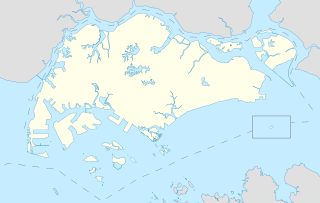 W
WThe Kenpeitai West District Branch was one of the branches of the Kenpeitai in Singapore besides the much noted Kenpeitai East District Branch during the Japanese occupation of Singapore from 1942 to 1945.
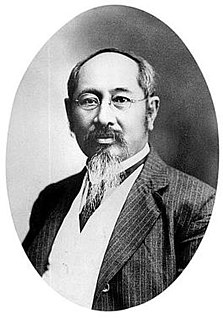 W
WLim Boon Keng OBE was a Peranakan physician who promoted social and educational reforms in Singapore in the early 20th-century. He also served as president of Xiamen University in China from 1921 to 1937.
 W
WThe Malayan People's Anti-Japanese Army was a Communist guerrilla army that resisted the Japanese occupation of Malaya (1941-1945). Composed mainly of ethnic Chinese guerrilla fighters, the MPAJA was the biggest anti-Japanese resistance group in Malaya. Founded during the Japanese invasion of Malaya, the MPAJA was conceived as a part of a combined effort by the Malayan Communist Party (MCP) and the British colonial government, alongside various smaller groups to resist the Japanese occupation. Although the MPAJA and the MCP were officially different organisations, many saw the MPAJA as a de facto armed wing of the MCP due to its leadership being staffed by mostly ethnic Chinese communists. Many of the ex-guerrillas of the MPAJA would later form the Malayan National Liberation Army (MNLA) and resist the British occupation of Malaya during the Malayan Emergency (1948-1960).
 W
WShigeo Ōdachi was a bureaucrat, politician and cabinet minister in both early Shōwa period Japan and in the post-war era.
 W
WThe Selarang Barracks incident, also known as the Barrack Square incident or the Selarang Square Squeeze, was a revolt of British and Australian prisoners-of-war (POWs) interned in a Japanese camp in Changi, Singapore.
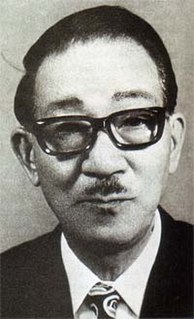 W
WMamoru Shinozaki was a journalist for Dentsu and spy for the Ministry of Foreign Affairs in pre-war years, a military executive in Japanese-occupied Singapore, and a businessman and writer in post-war years. He is known for the Shinozaki Case in 1940, and for his testimony in the War crimes trial in 1947 for the Sook Ching massacre.
 W
WThe Sook Ching was a systematic purge of perceived hostile elements among the Chinese Malayans and the Chinese in Singapore by the Japanese military during the Japanese occupation of Singapore and Malaya, after the British colony surrendered on 15 February 1942 following the Battle of Singapore. The purge took place from 18 February to 4 March 1942 at various places in the region. The operation was overseen by the Imperial Japanese Army's Kempeitai secret police and subsequently extended to include the Chinese population in Malaya.
 W
WSyonan Jinja was a Shinto shrine at MacRitchie Reservoir, Singapore. Built by the Japanese Imperial Army during the Japanese Occupation of Singapore in World War II, the shrine was destroyed directly before British forces re-occupied Singapore. The National Heritage Board declared the site a Historic Site in 2002, although no plans have been made public to develop or to protect the site.
 W
WThe Japanese 25th Army was an army of the Imperial Japanese Army during World War II, noted for its role in the Malayan Campaign and the Battle of Singapore.
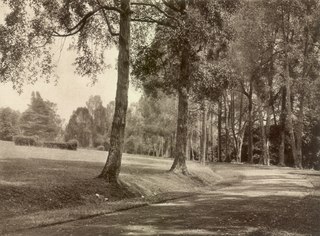 W
WTyersall Park is a historical estate in Singapore, bound by Holland Road and Tyersall Avenue, near the Singapore Botanic Gardens. It was private land belonging to the Malaysian state of Johor from 1862. Some portions of it had been acquired by the Government of Singapore in 1990 and in 2009 respectively. The property is restricted from the public and is fenced along Tyersall Avenue.
 W
WTomoyuki Yamashita was a Japanese general of the Imperial Japanese Army during World War II. Yamashita led Japanese forces during the invasion of Malaya and Battle of Singapore, with his accomplishment of conquering Malaya and Singapore in 70 days earning him the sobriquet "The Tiger of Malaya" and led to the British Prime Minister Winston Churchill calling the ignominious fall of Singapore to Japan the "worst disaster" and "largest capitulation" in British military history. Yamashita was assigned to defend the Philippines from the advancing Allied forces later in the war, and while unable to prevent the Allied advance, he was able to hold on to part of Luzon until after the formal Surrender of Japan in August 1945.